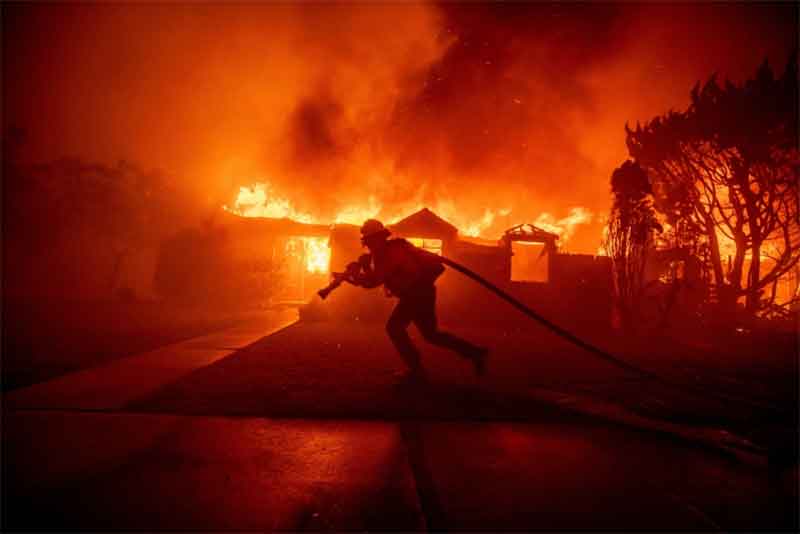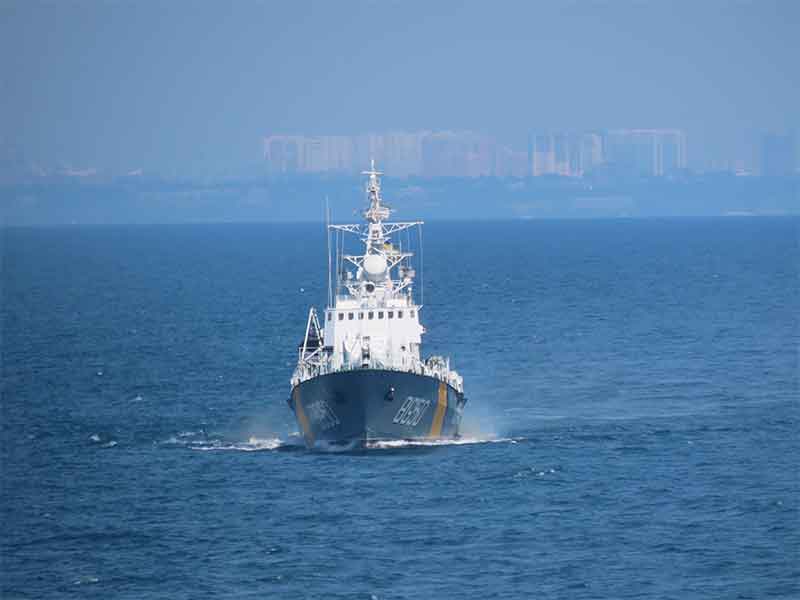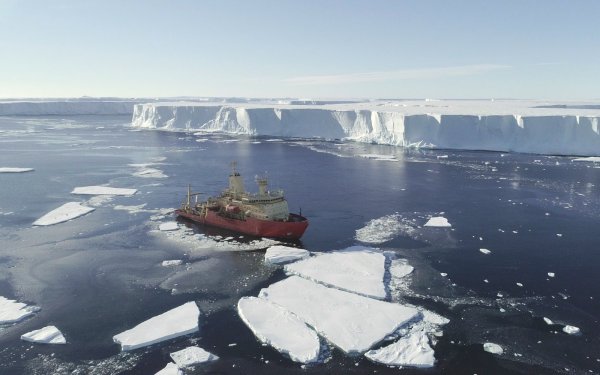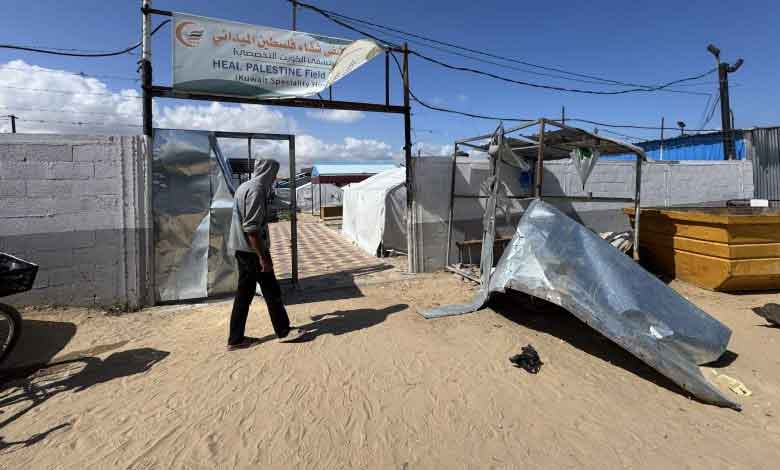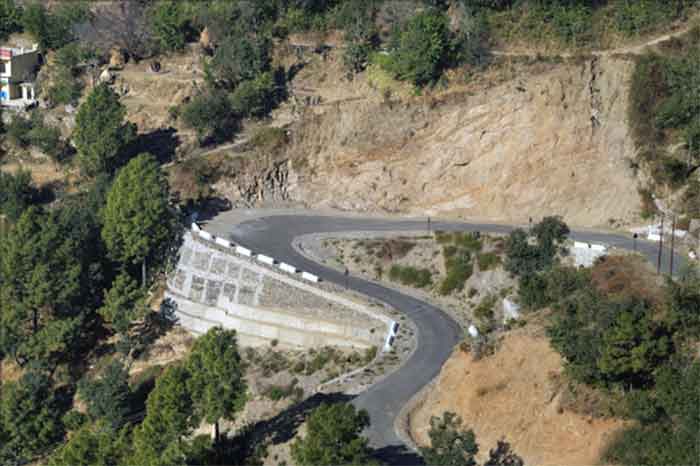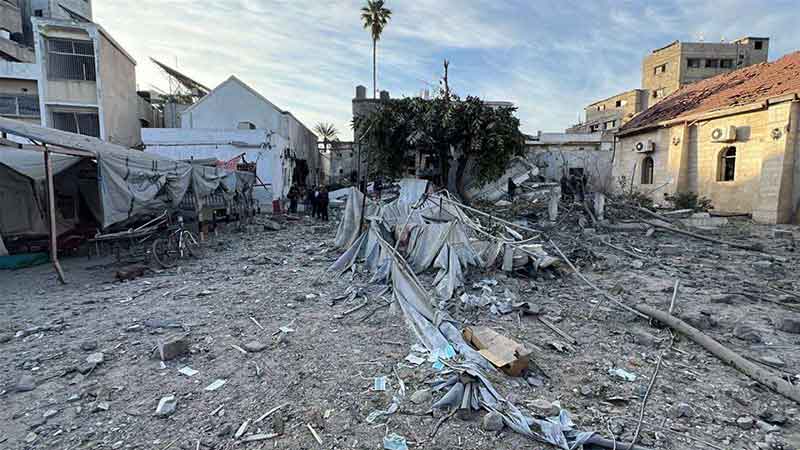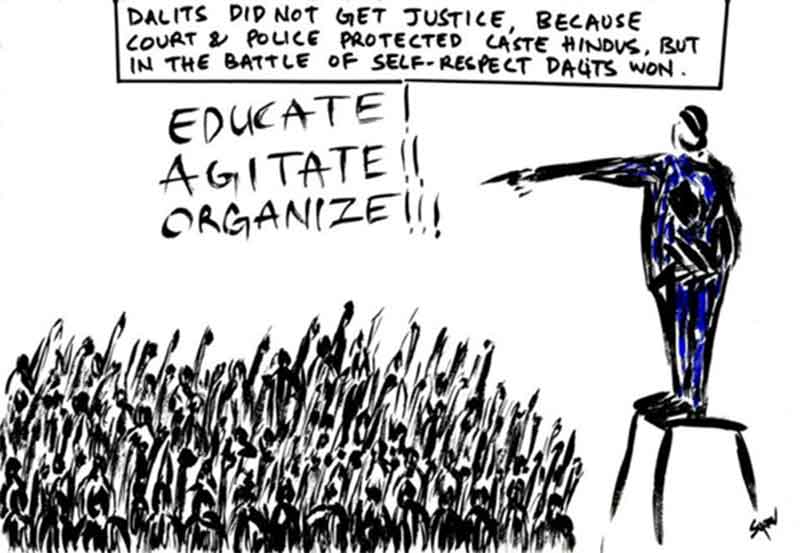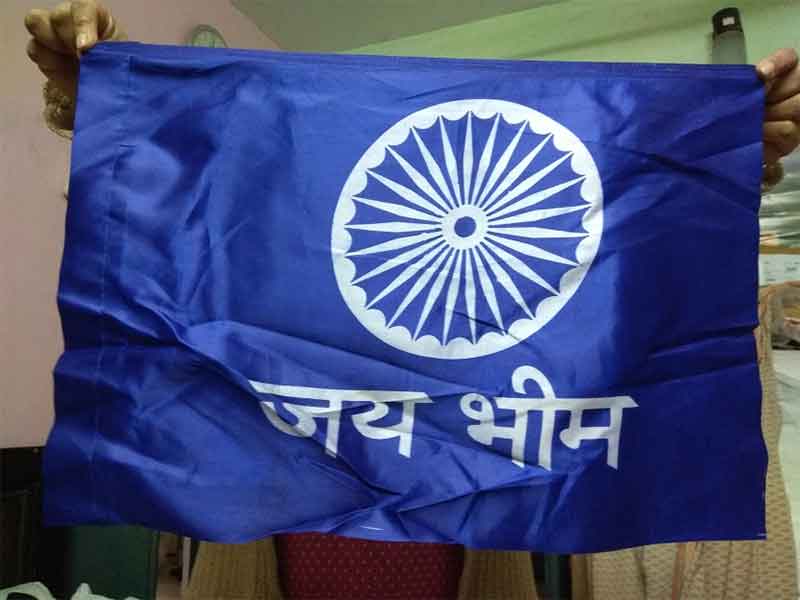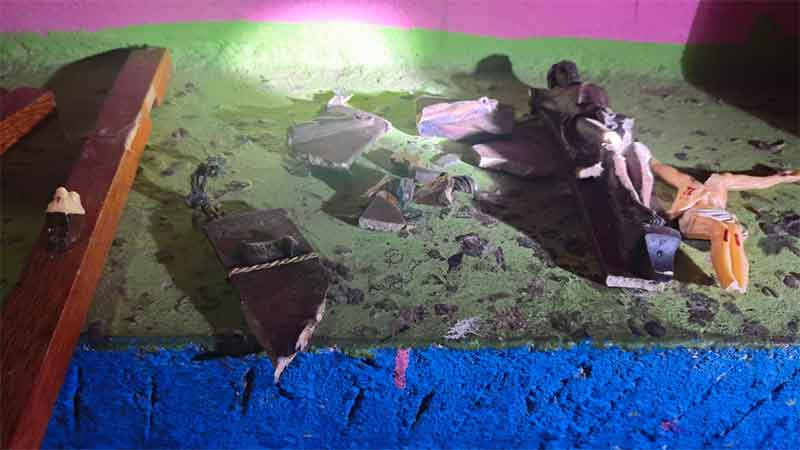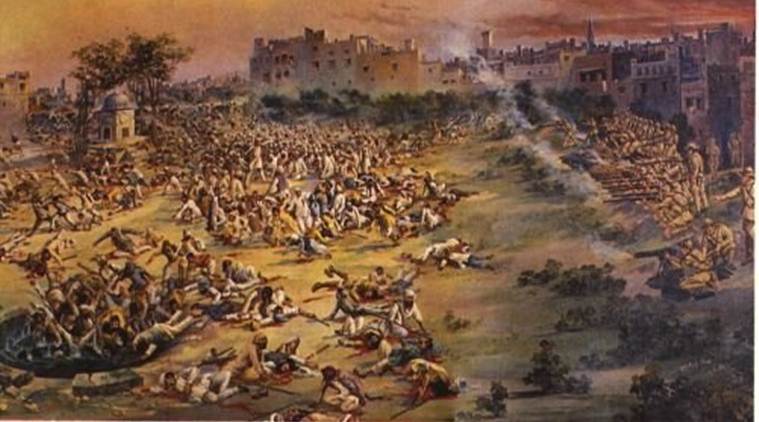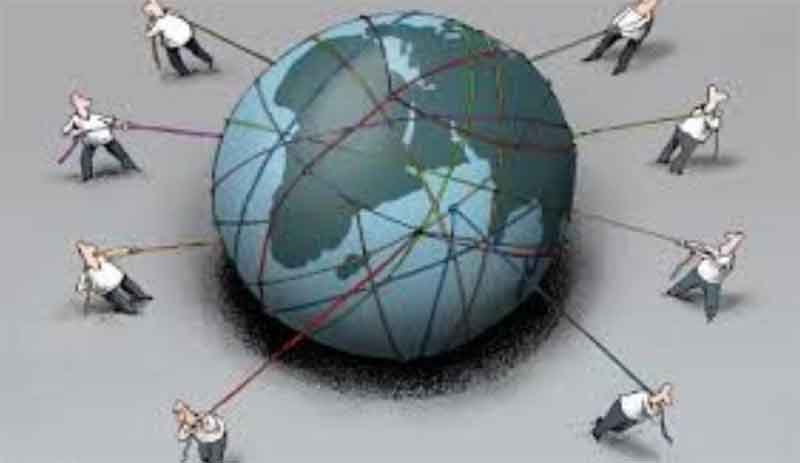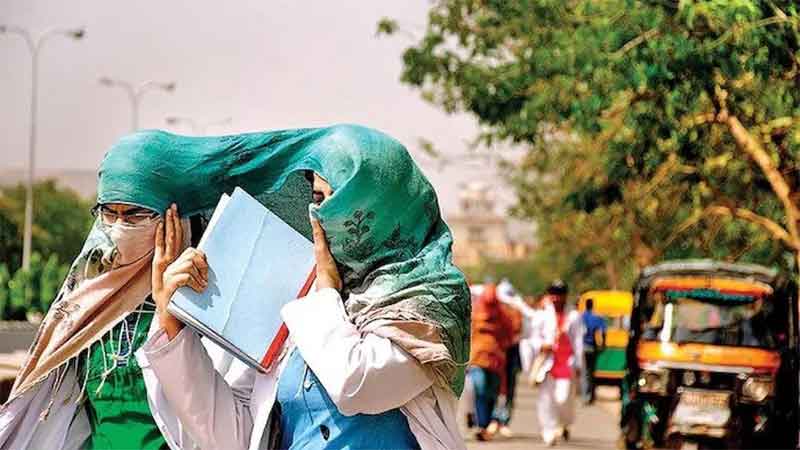
Relatives typically visit my Delhi home in May and June to take a break from their annual summer vacation and head up to the hills. But this year due to reports of heat waves, guests declined to visit Delhi. June 2024 was a historically significant and oppressively hot month due to heat waves and previously unheard-of day and nighttime temperatures. However, why confine the blame to June? The world witnessed the warmest May on record, marking the 12th consecutive month that the planet’s record for that time of year has been broken.
Nonetheless, responses have varied depending on one’s socioeconomic status. A few even went so far as to declare that they were considering leaving Delhi, even if it meant resigning from their existing positions. Note that I am referring to people who belong to the upper strata of society, such as office professionals who have air conditioning in their cars, residences, and workplaces.
The UN’s refugee agency, UNHCR, reports that between 2008 and 2016, weather-related disasters like floods, storms, wildfires, and extremely high temperatures forced 21.5 million people to flee their homes on a yearly average. Forecasts from the international think tank IEP indicate that 1.2 billion people may need to relocated globally by 2050 as a result of climate change and natural disasters, which is projected to cause a boom in climate migration in the next decades. According to the Climate Action Network South Asia (CANSA), by 2050, climate calamities will force some 45 million people to move from India alone. In 2015, natural catastrophes in India resulted in the displacement of approximately 3,655,000 individuals, according to the Internal Displacement Monitoring Centre.
India has experienced a great deal of movement, particularly in the northeast and north along the river basins of the Ganges, Brahmaputra, and Yamuna. These days, coastal areas are susceptible to frequent cyclones that frequently destroy homes, livelihoods, and even human lives. For example the month of May 6 people were killed, 29,000 houses damaged in Bengal’s coastal areas. 2014 floods of Jammu & Kashmir have forced about 812,000 people to flee their homes /livelihood. In other words climate change and global warming induced natural disasters are now a pan-Indian phenomena. where the livelihoods of inhabitants have made unsuitable by unpredictable weather patterns.
There is a catch, though. The “affluent” city dwellers who have constant need for more and more energy, are the ones that generate a huge amounts of carbon dioxide and other greenhouse gases, while the rural population is linked with an agrarian economy—who bear the brunt of the catastrophic weather—emits minuscule amounts of greenhouse gases. The inhabitants in rural areas, the individuals who depend on their land, woods, and coasts for their economic well-being are forced to relocate to the larger cities due to the extreme weather. They make an effort to settle in the nearest populous towns and cities. They are compelled to take menial occupations and face the hard reality of the same climatic issue that had forced them to run in the first place because they have no other choice.
This June, the daily wage laborers, security guards, hawkers, and construction workers in Delhi—all of whom had succeeded in rebuilding their financial stability—were clearly feeling the consequences of the intense heat. Major cities almost everywhere have a similar story to tell. One important finding is that these labourers live in substantially less water and energy-intensive slums than people who reside in nearby gated communities and other urban areas. They also lead extremely unsanitary and impoverished lives. And yet, it seems like they must handle the repairs, and face the damages.
Regretfully, people’s obligation to migrate has little to do with how climate change is affecting the world. They were neither a part of policies that promoted tourism, mining, deforestation, hydroelectric projects, corporatization of agriculture, and establishment of industries nor a part of generating heat and pollution.
Inevitably, we have a tendency to ignore the struggles of the disadvantaged and marginalized in favor of using the argument that sacrifice is necessary for progress, to excuse our own behavior. But this is a miserable sacrifice, an exploitation of humans and the environment carried out in the name of advancement and growth.
Dr Trishna Sarkar, Asst Prof, Dept of Economics, Dr BhimRao Ambedkar College, University of Delhi.




